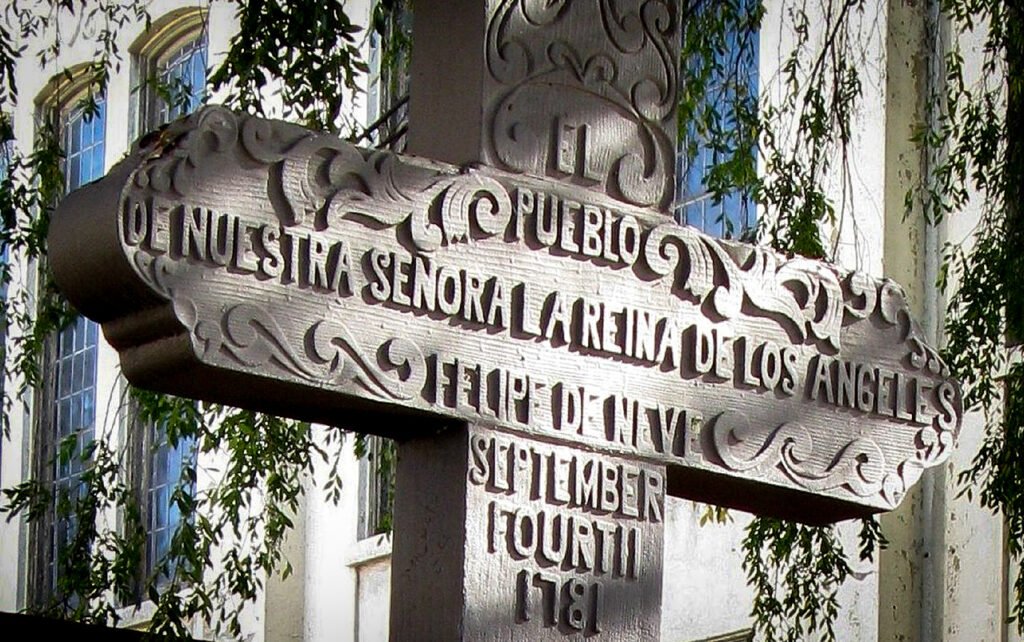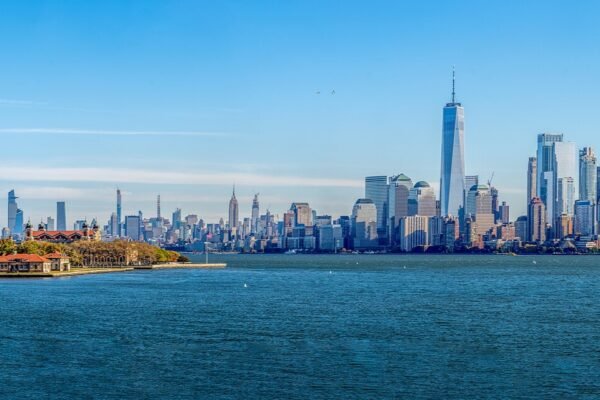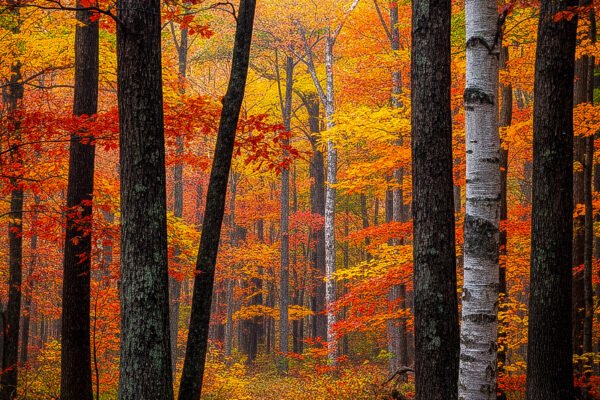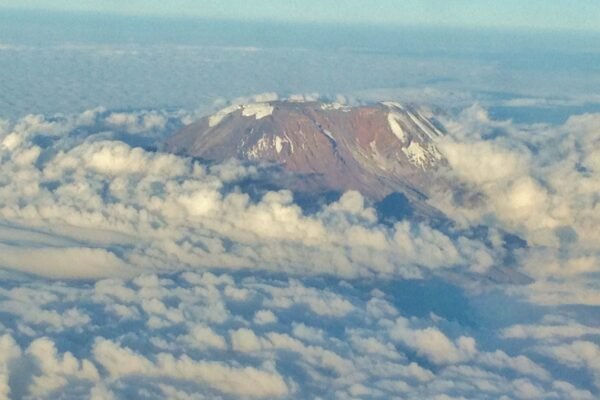What is the Full Name of Los Angeles?

Have you ever wondered why one of America’s most iconic cities is called the City of Angels? Better yet, do you know that “Los Angeles” is not its full name?
The city’s name, in fact, holds a fascinating history, a history that reveals enduring cultural influences that continue to shape the city’s identity, linking its past to its global significance today. Let’s dive in.
The Full Name of Los Angeles and Its Origin
The most historically accepted original full name of the city is El Pueblo de Nuestra Señora la Reina de los Ángeles de Porciúncula. In English, this translates to “The Town of Our Lady the Queen of the Angels of Porciúncula.”
This long and descriptive name has deep religious roots tied to the traditions of the Franciscan missionaries who were instrumental in colonizing the region. The name honors the Virgin Mary as the Queen of the Angels, a significant celebration in the Franciscan order.
The final part, “Porciúncula,” connects to the Porziuncola, a small chapel in Assisi, Italy, that is highly important to Franciscans as it is where their movement began. The name itself means “little portion,” symbolizing a small piece of land granted by divine grace. The connection to the area was established even before the city’s founding.
During the 1769 Portolá expedition, Franciscan priest Father Juan Crespi named a nearby river El Río de Nuestra Señora la Reina de los Ángeles de Porciúncula because his party passed through the area on the day of the Porciúncula feast. This naming of the river directly paved the way for the settlement’s name when it was founded in 1781 by Governor Felipe de Neve and the 44 original settlers, known as los pobladores. These settlers, a diverse group of families, established a community focused on agriculture along the river that now bore this holy name.
While this origin story appears clear, variations in historical records have led to scholarly debates about the exact original name, which we will examine next to better appreciate the nuances of the city’s history.
Debates, Theories, and Historical Evolution of the Name
The historical record of the city’s full name is not perfectly consistent, leading to important scholarly discussions. These differences come from various interpretations of original documents, early maps, and personal journals, rather than from changes over time or location. The fragile nature of these primary sources, stored in various archives, contributes to the lack of a single, definitive name everyone agrees upon.
Two main theories stand out in this debate:
- Historian Doyce B. Nunis Jr. argued for a shorter version, El Pueblo de la Reyna de los Angeles, based on a map from 1785. His theory places the focus squarely on the “Queen of the Angels.”
- Conversely, Monsignor Francis J. Weber favored the longer El Pueblo de Nuestra Señora de los Angeles de Porciúncula. He believed this version directly honored the name Father Crespi gave the river, arguing that additions like “Reina” were later inaccuracies.
Other recorded forms, such as El Pueblo de Nuestra Señora la Reina de los Ángeles del Río de Porciúncula, also appear in historical documents. Despite the spelling and wording differences, these variations all share consistent themes of reverence for the Virgin Mary and the angels. This shows a clear and unified spiritual intention behind the naming.
Over time, the elaborate Spanish title was shortened for practical use. Following the Mexican American War and California’s admission into the United States, the name was officially anglicized and simplified. By its incorporation on April 4, 1850, it became the “City of Los Angeles.”
This evolution from a long, sacred title to a concise, modern name reflects the city’s own journey. What does this tell us about the city’s identity? These historical debates enrich our understanding, showing that Los Angeles was founded on a complex blend of faith, colonial ambition, and diverse cultures from its very first day.
Further Readings & Resources
The following sources and links are accurate as of the publication date of this article.
- https://lacity.gov/government/history-los-angeles
- https://www.latimes.com/archives/la-xpm-2005-mar-26-me-name26-story.html
- http://www.laalmanac.com/history/hi03a.php
- https://ohp.parks.ca.gov/?page_id=21371
You may also like


10 New England Hidden Gems for an Unforgettable Autumn

Leave a Reply